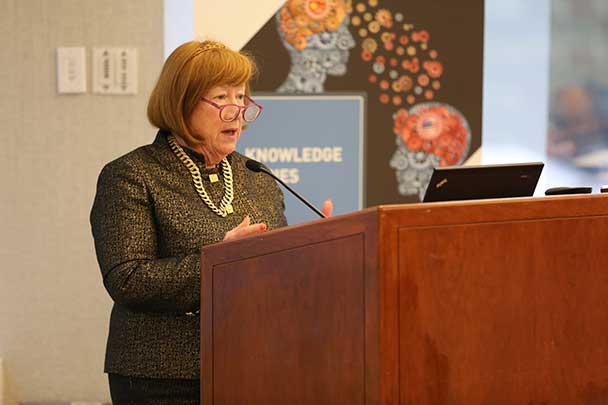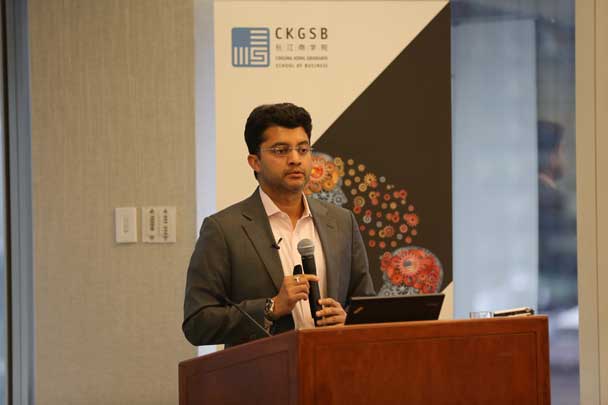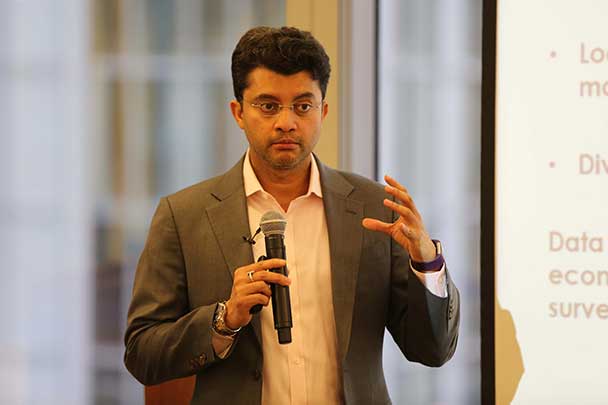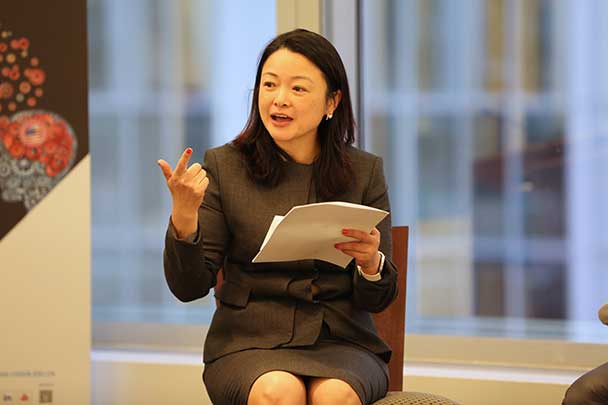Exploring strategies for effective tailored marketing

Marketers have a very powerful tool to reach consumers but this tool is out of their hand. In fact, as your read this article, their best avenue to reach you is near you and is probably going to interrupt you at least once, maybe more.

If you haven’t guessed by now — and chances are that the reference to being interrupted gave it away, we are talking about your smart mobile phone device.

A recent CKGSB Knowledge Series in New York explained the significant and unique potentials that have yet to be utilized in mobile phone marketing. Titled “Tap: Unlocking the Mobile Economy,” this series carried the same name as a book on the subject; and the speaker at this forum was the author of the book, Dr. Anindya Ghose. Dr. Ghose, a professor at New York University Stern School of Business, has studied this subject for almost a decade. He is a recognized authority on mobile economy and is a prominent global thought leader on how to tap its potentials.
Dr. Ghose explained that the opportunities in mobile economy is as much as $22 billion in the United States and rises to as large as $3 trillion globally.
What makes mobile marketing more valuable relative to other avenues of marketing is the time consumers spend on their mobile device. Studies reveal that mobile phone captures 25% of the time consumers spend on different media platforms. This figure is higher than what is spent on the internet, 22%; and significantly higher than radio and print platforms, which stand at 13% and 4%, respectively. Only television, at 36%, captures a higher percentage of consumers’ media time than the mobile device. Yet all these devices except for radio grab more of advertising and marketing money than mobile phone.

“What’s stopping companies from monetizing this opportunity,” Dr. Ghose asked during his presentation.
The answer to this question, he explained, may be that mobile devices capture about 4% to 5% of purchases made online. However, while consumers may typically choose to make the final purchase on a computer device, the mobile phone serves as the initial influencer to purchase decisions 30% to 40% of the time.
“That’s a powerful number and a great opportunity to capture consumers,” Dr. Ghose said.
During his presentation and in the book, Dr. Ghose has suggested strategies that can be employed to reach targeted consumers.
One of them is ‘geo-fencing’ or ‘geo-conquesting,’ in which the Wi-Fi services identify the location of a consumer and send to his or her phone offers from nearby stores. For instance, a mall’s Wi-Fi service would send offers from a merchant to nearby shoppers. This can be complemented by counter offers from a competitor.
So, say you visit a major shopping mall in Shanghai or Los Angeles. As you enter the mall, you request to join the facility’s free Wi-Fi service. The service requires you to agree to its terms of service, which stipulates that it can identify your whereabouts at the mall and send you offers from merchants. As you near a Gucci outlet, for example, you would receive a message with offers of discount at Gucci if you made a purchase there in the next 15-30 minutes. This is one of the ways that geofencing works.
What would make geo-fencing appealing is its rate of success. Dr. Ghose said about 3.6% of offers sent via mobile are converted, which is double the conversation rate of offers made by direct mail and email.
Knowing when to target consumers is important. Studies have shown that the redemption rates increase as congestion rises; basically, people are more likely to respond to an offer when they are in a crowd, Dr. Ghose said. In this case, sending tailored offers in congested streets or to commuters during the peak hours of commute is very effective.
“The 25 minutes of commuting is excellent window for marketers,” Dr. Ghose said.
Marketing strategies to mobile users is enhanced because it allows marketers to study behaviors, which in turn enables them to tailor their own strategy. For instance, marketers can get a picture of consumers’ shopping and personal preferences and even movement patterns. In essence, phones provide marketers something very valuable: data.
“When you have the right data, then marketing becomes more successful,” Dr. Ghose said.
So important is that data that in some cases telecommunication service-providers make more money from marketers who buy data than from the money charged to their users, Dr. Ghose said.
“Every time you do something on your phone you are creating a store of data,” he said.
This of course explains why his book is called “Tap,” when you tap you are creating a gold mine for data collectors and marketers. Dr. Ghose’s book provides strategies and means to effectively utilize this data.
Naturally, a critical question is consumer’s privacy. Dr. Ghose explained that consumers consent to providing this data when they opt to get on the Wi-Fi services. He likened the offers sent to consumers to a “butler” who accompanies shoppers and informs them of offers they may be interested in.

CKGSB’s Dr. Baohong Sun, Dean’s Distinguished Chair Professor of Marketing and Director of the Customer Information Management Center, moderated the event.
“The continuing evolution of mobile culture is a significant factor in our economy today. What makes studying and analyzing this subject very important is that its potentials have not been fully tapped. Inviting Dr. Ghose, who is a prominent thought leader on this important subject, is in line with our goal to expand our students’ and partners’ knowledge and insight into critical and developing trends in today’s markets,” Dr. Sun said.